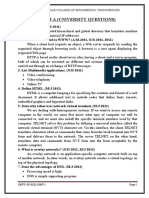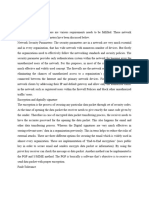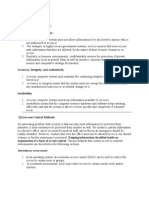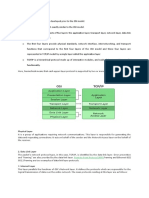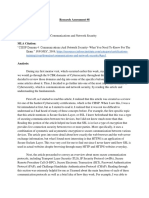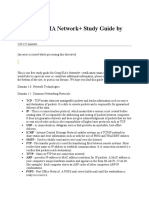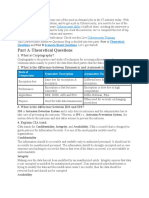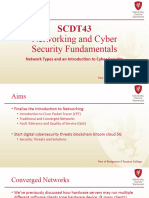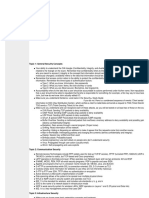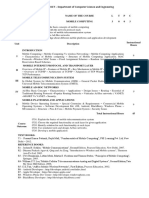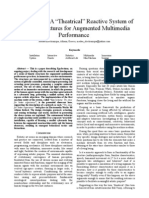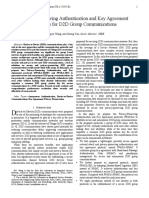0% found this document useful (0 votes)
29 views4 pagesApplication Layer Tutorial
The document provides solutions to 10 questions related to computer networks and application layer protocols. It discusses protocols like HTTP, HTTPS, FTP, DNS, SMTP, IMAP, POP3 and security protocols SSL/TLS. It also covers firewall types and security goals of confidentiality, integrity and availability.
Uploaded by
mujcwcCopyright
© © All Rights Reserved
We take content rights seriously. If you suspect this is your content, claim it here.
Available Formats
Download as PDF, TXT or read online on Scribd
0% found this document useful (0 votes)
29 views4 pagesApplication Layer Tutorial
The document provides solutions to 10 questions related to computer networks and application layer protocols. It discusses protocols like HTTP, HTTPS, FTP, DNS, SMTP, IMAP, POP3 and security protocols SSL/TLS. It also covers firewall types and security goals of confidentiality, integrity and availability.
Uploaded by
mujcwcCopyright
© © All Rights Reserved
We take content rights seriously. If you suspect this is your content, claim it here.
Available Formats
Download as PDF, TXT or read online on Scribd
/ 4







